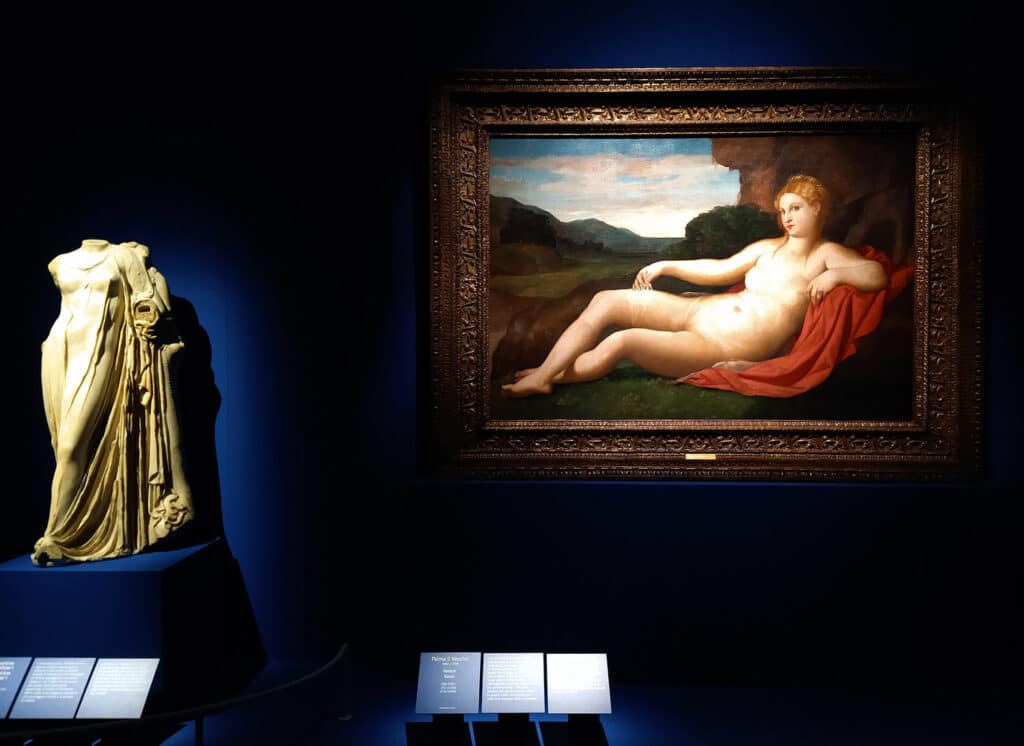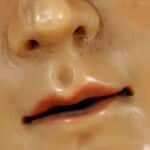Titian at Palazzo Reale in Milan
Titian and the image of women in the Venetian 16th century ”is the exhibition held at the Palazzo Reale in Milan, from 23 February to 5 June 2022.
An exhibition from the Municipality of Milan Culture, Palazzo Reale and Skira publisher in collaboration with the Kunsthistorisches Museum of Vienna, curated by Sylvia Ferino.
Divided into sections, the exhibition presents not only paintings, but also paper volumes, sculptures and examples of applied art as jewels, which accompany the visitor to the discovery of the female figure in lagoon art and the territories culturally influenced by it during the sixteenth century .
The undisputed protagonist of the exhibition and of the art of the time is certainly Titian, present with as many as 16 paintings that cover a large part of his career and which feature various female figures he faced. In fact, among the first works we find a stupendous Madonna and Child that still strongly influences the Bellini influence, both in the setting and in the chromatic range and, in a certain sense, also in the idealized beauty of the Virgin, reaching up to the later Lucretia, as evidenced by the almost flaking painting, characteristic of the elderly Titian, and who is now represented as a Venetian noblewoman.
It is interesting to note, through the exhibition, how contemporaries react to Titian’s art, being influenced by it, but at the same time maintaining their own personal characteristics.
With the presence of artists also active in the Lombard-Venetian area, it is also possible to have a perception of the sphere of influence of the Serenissima, but also of the resonance that Titian’s art had on the entire artistic panorama of Northern Italy.
The female figures you meet belong to different genres, from portraits of royal women, to “beautiful Venetians” that is portraits of women of the Venice of the time, courtesans or noblewomen whose effigy was intended for the beloved; and still mythological and holy heroines.
Each typology has precise characteristics, so much so that it appears clear that there was a real codification well known both to artists and to clients. An example is the depiction of young women with bare breasts, no longer as a representation of sensual love, but as a sign of opening one’s heart to the betrothed for whom the work was intended.
The common characteristic, both of Titian and of the other numerous and no less important artists on display, such as Lorenzo Lotto, Giovan Battista Moroni, Tintoretto, Giorgione, paolo Veronese, is the representation of the feminine as an almost divine element, an expression of true beauty, but at the same time with attention also to the psychological rendering and to the human dimension of the portrayed.
The female figure is confirmed as one of the favorite subjects of art, particularly in a context such as that of Venice, where women are at the center of worldly life and highly regarded in courts and by artists.





